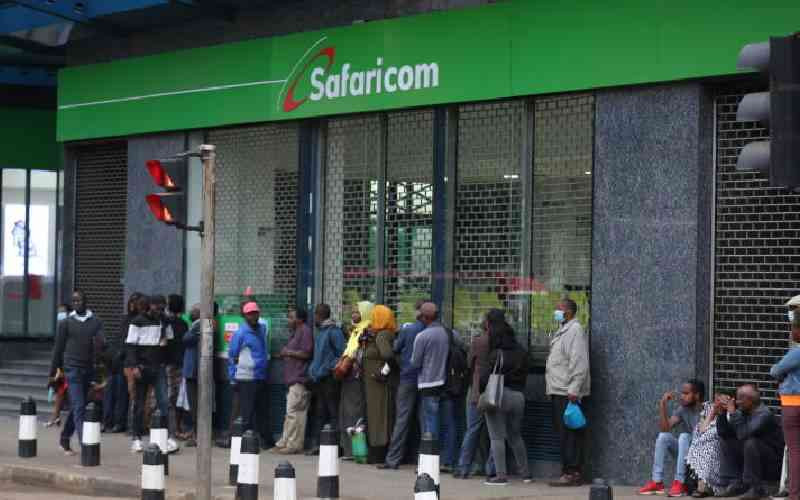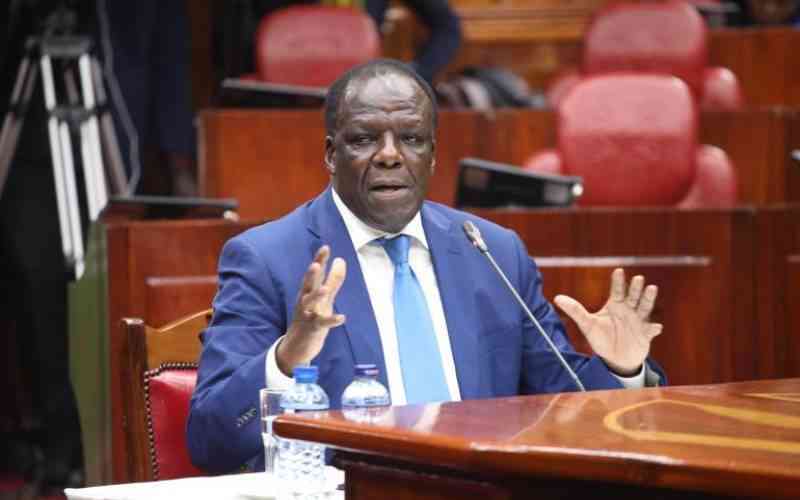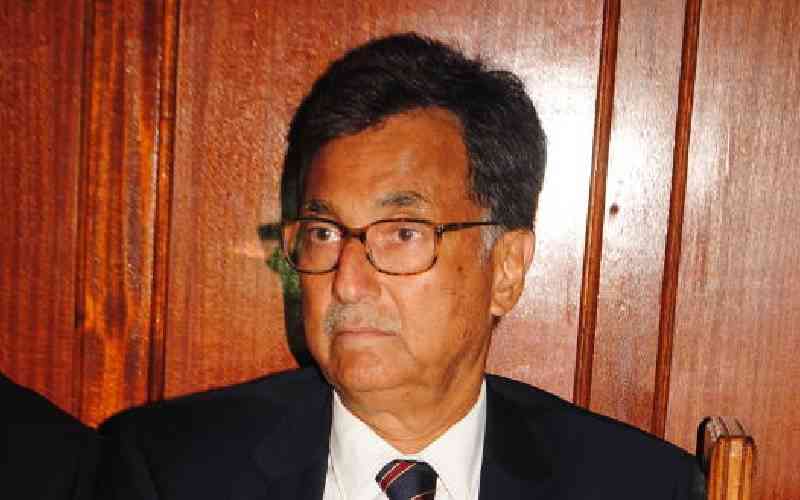
You are probably reading this story on a laptop or phone built with minerals such as cobalt, lithium and manganese. These metals are the backbone of the global shift toward green energy. Africa holds some of the world’s largest reserves, yet much of the processing and manufacturing still happens outside the continent.
Africa is estimated to command about 30 percent of global critical mineral reserves. The Democratic Republic of the Congo alone supplies more than 70 percent of the world’s cobalt, a metal essential for batteries and renewable-energy technologies. But despite this abundance, the continent largely exports raw ores and imports finished products — from battery packs and solar panels to electric-vehicle modules. As a result, most of the value chain remains offshore.
At the recent Accelerated Partnership for Renewables in Africa (APRA) Forum in Freetown, Mozambique’s Deputy Minister of Minerals and Energy, Antonio Manda, underscored the stakes: “We are sitting on almost 30 to 40 percent of the world’s minerals… There will not be a global energy transition without Africa.” His remarks reflect a growing shift from Africa being a supplier of raw materials to positioning itself as a hub for manufacturing and value addition.
Zimbabwe has already taken concrete steps. It amended mining laws and banned the export of raw lithium ore — and will extend the ban to lithium concentrates from January 2027. The goal is to compel mining companies to process minerals domestically, encouraging smelting, refining and precursor production rather than simple extraction.
Ghana is also drawing links between renewable technologies, industrialisation and job creation by offering fiscal incentives, duty relief and industrial parks dedicated to battery components.
Sierra Leone, meanwhile, is strengthening regional energy transmission and positioning itself as a supply hub for a 60-million-person market by inviting independent power producers to sell directly to mines and industries. Reliable energy, governments say, is vital for value addition.
The economic potential is striking. African Union data show that if the continent continues exporting mainly raw minerals, the value could remain around US$11 billion by 2025. But with local smelting, the figure could quadruple to US$44 billion. Moving into precursor production would raise it to US$271 billion, and full battery assembly could push it to over US$1.1 trillion. The opportunity is vast — but so is the gap.
Much of the challenge lies in weak infrastructure, limited processing capacity, insufficient technology transfer and fragmented policy coordination. The International Monetary Fund argues that developing mineral-processing industries in Sub-Saharan Africa could boost GDP growth by up to 12 percent by 2050. Yet processing lithium, cobalt, manganese and graphite requires heavy investment, skilled labour and consistent power.
As Amana Bawa, Director for Partnerships and Private Sector Engagement at the M300 Accelerator, noted: “Battery manufacturing is often held up as a goal. But it is capital-intensive, technologically complex, and requires integrated supply chains.”
In many countries, the industrial base remains thin. Refining plants, chemical-processing facilities and semiconductor capabilities are limited, and skills gaps persist. Regulators warn that unless upstream extraction and downstream processing are aligned, Africa will continue to sit at the bottom of global value chains.
The shift is also geopolitical. China currently dominates refining of minerals sourced from Africa. For instance, it processes much of the world’s cobalt, leaving African nations exporting low-value ores and relying heavily on foreign refiners.
In response, African governments are seeking stronger negotiating positions, making local processing and technology transfer mandatory conditions for mining deals. As Zimbabwe’s Deputy Minister of Energy and Power Development, Dr Gloria Magombo, put it: “We must move away from resource nationalisation to value-chain sovereignty… No one country can do it all.”

Zimbabwe’s lithium strategy offers one blueprint. From 2027, raw and concentrate exports will cease unless domestic processing is guaranteed, with an eye toward producing battery-grade materials and eventually assembling batteries locally.
South Africa is pursuing similar ambitions with manganese, aiming to produce battery-grade manganese sulphate. Botswana is licensing its first manganese project targeting battery-ready output — signs of a more diversified mineral strategy emerging across the region.
However, governance remains a major risk. Weak oversight, opaque contracts and poor accountability could allow value to continue leaking offshore. Environmental and human-rights concerns also persist, especially in regions where artisanal mining, poor regulation and harmful community impacts remain widespread.
Stay informed. Subscribe to our newsletter
Uncoordinated national policies pose an additional threat, as countries acting alone may duplicate infrastructure or fail to attract investors who require scale and stability. Regional integration will be essential.
Economist Dr Fadhel Kaboub argues that Africa can no longer afford to trade raw minerals for finished products: “Governments must invest in processing infrastructure. Refining, precursor production, and battery assembly should happen near the mines — not overseas.” He and Bawa both stress the need for stable power, transport and supply chains. Investors, they note, flock to predictable environments. Ghana’s 24-hour economic plan is cited as an example of policy stability that builds confidence.
Technology transfer, they insist, must be non-negotiable. Foreign companies should train African engineers and build factories on the continent. Without this, Africa risks remaining at the bottom of the clean-energy value chain. Success, they argue, will depend on coordinated policies, modern infrastructure and partnerships that build local skills rather than extract resources.
If Africa succeeds, it could transition from a supplier of raw minerals to a manufacturing centre powering the global green-energy revolution. Jobs would increase, revenues would expand and local economies would gain far more value. If it fails, the continent risks repeating the same extraction model — one that delivers little beyond basic export earnings.
The device you are holding, built from African minerals, may therefore represent more than technology. It symbolises a choice: whether Africa rises up the value chain or remains stuck at the bottom of it.







